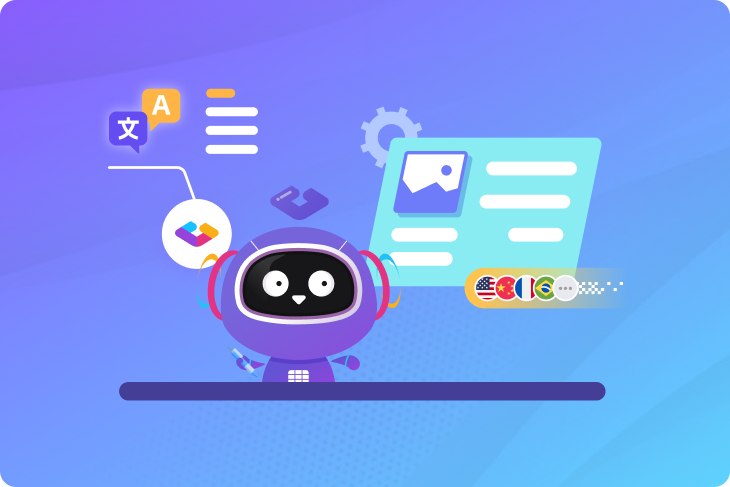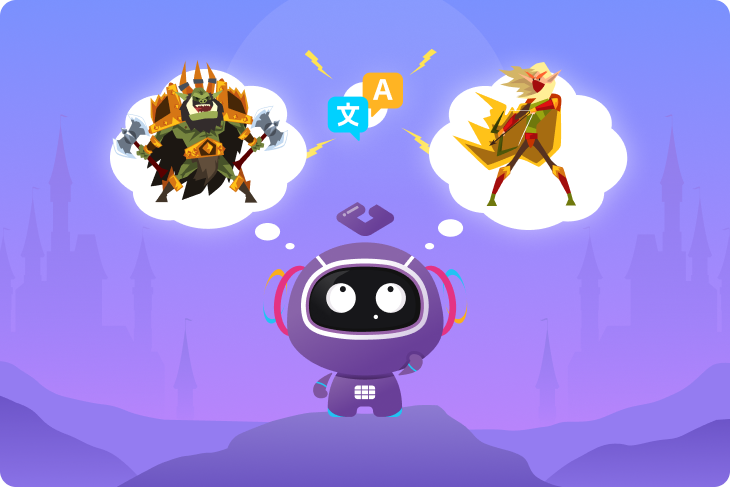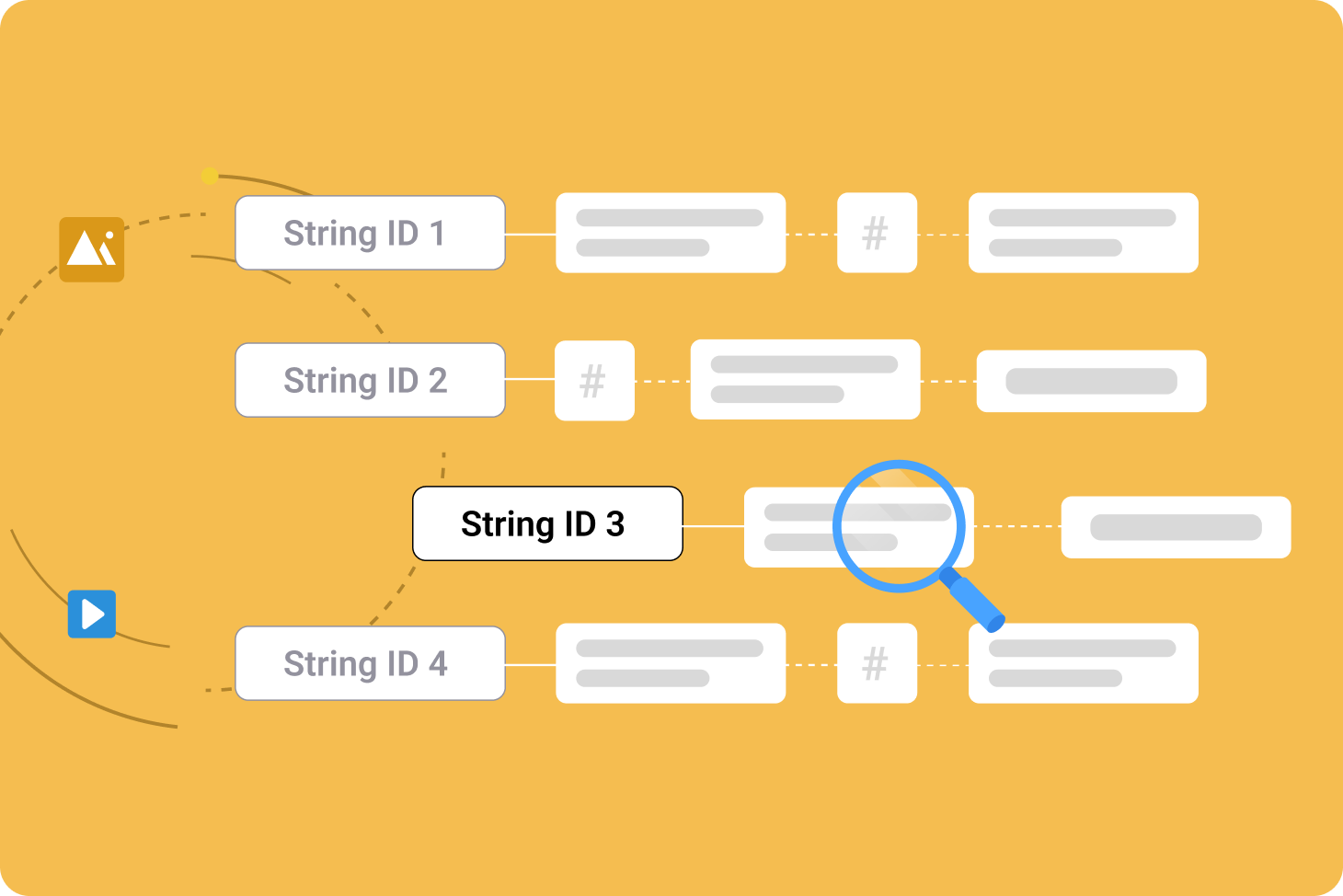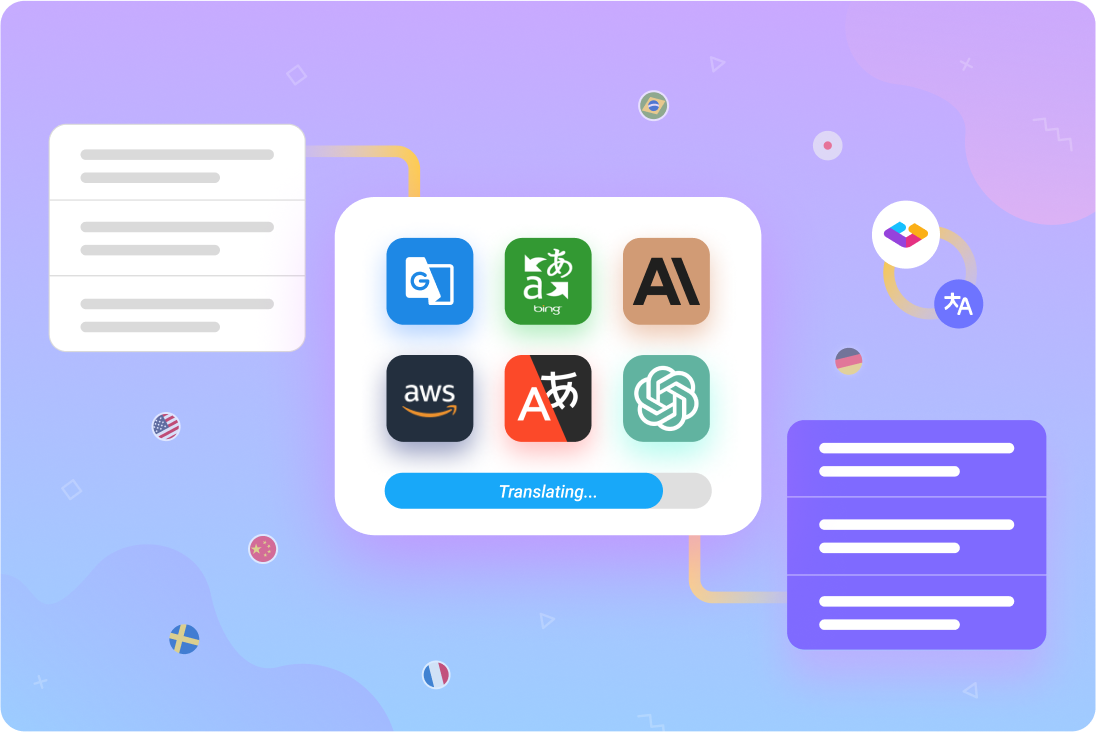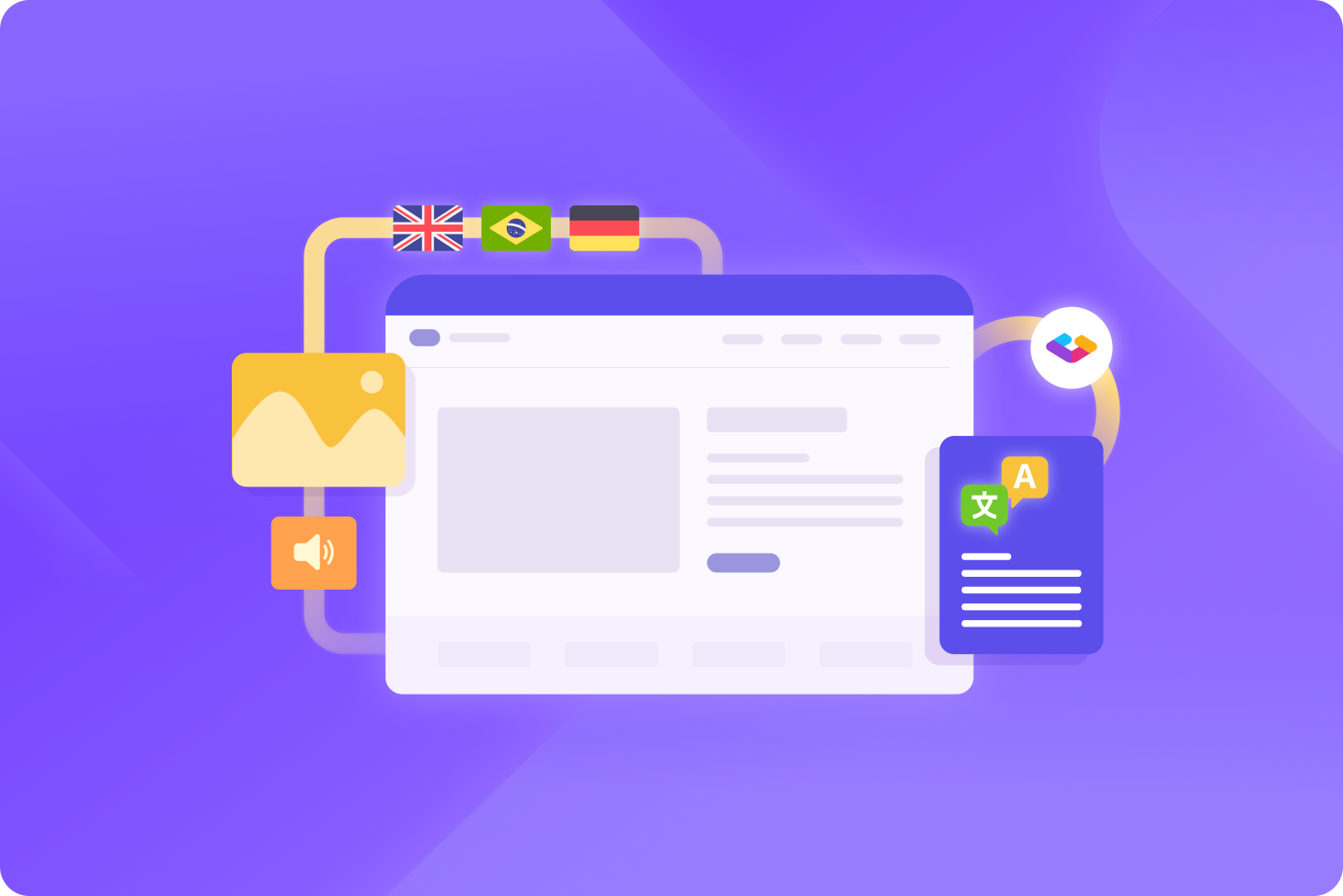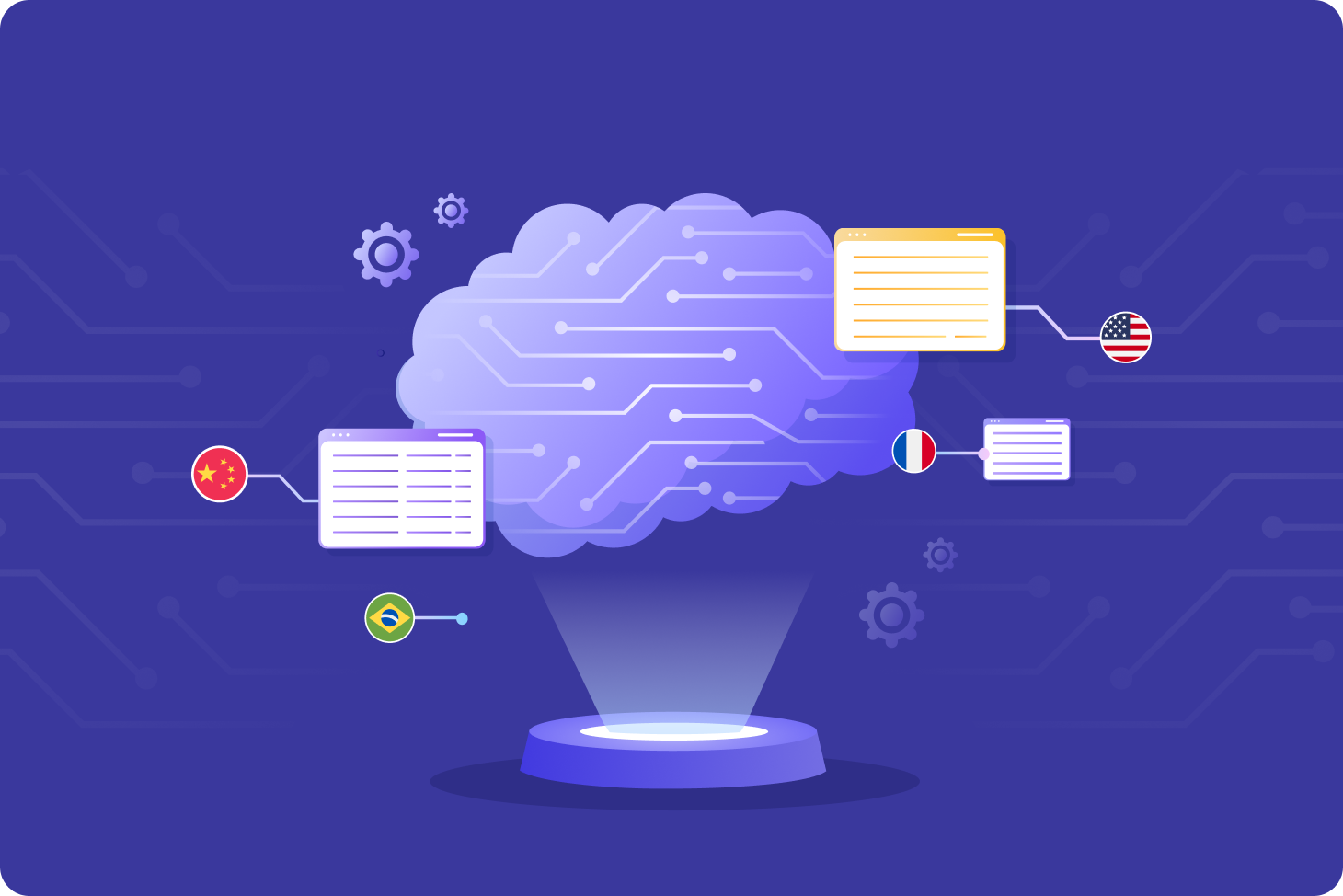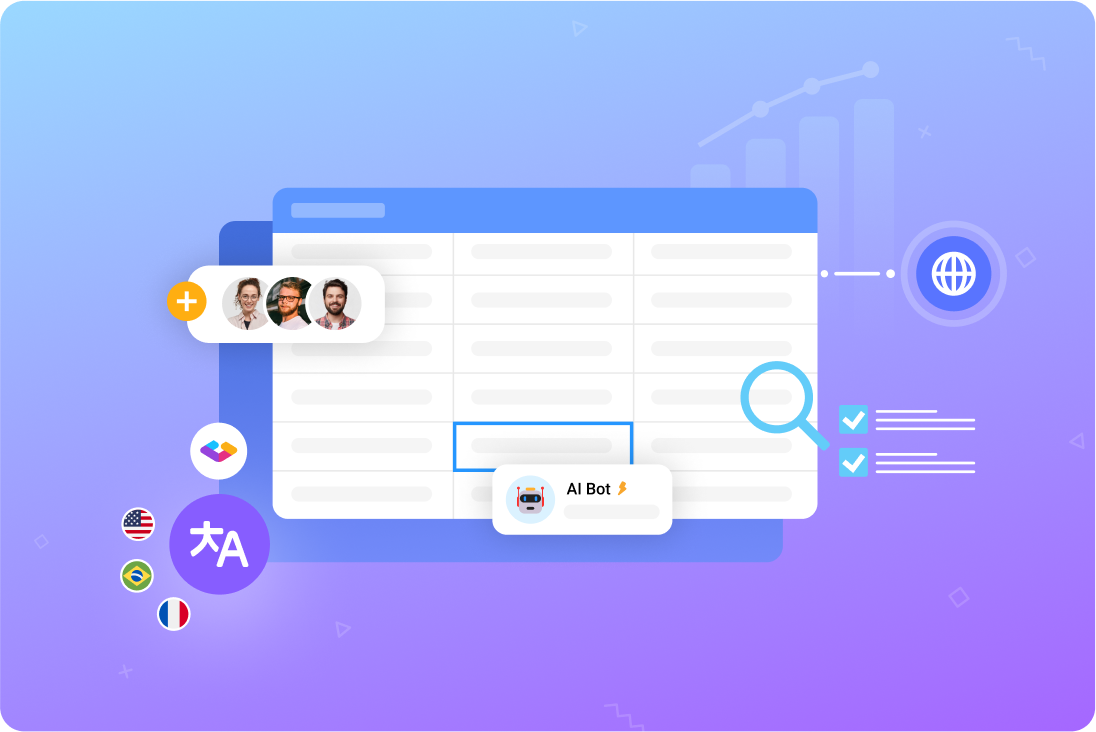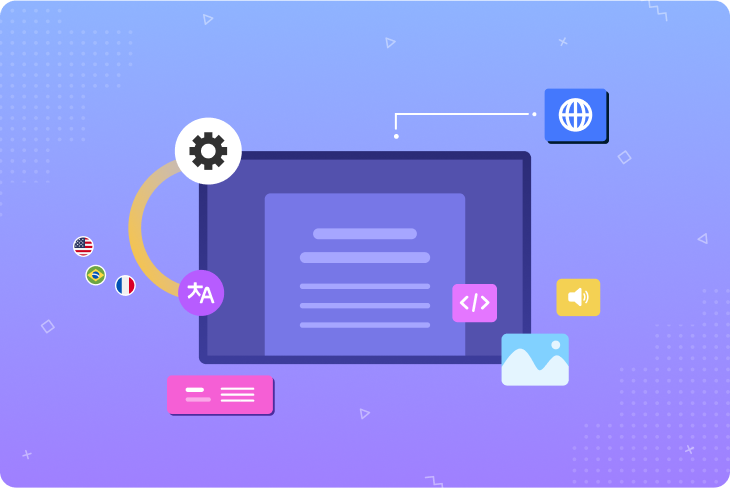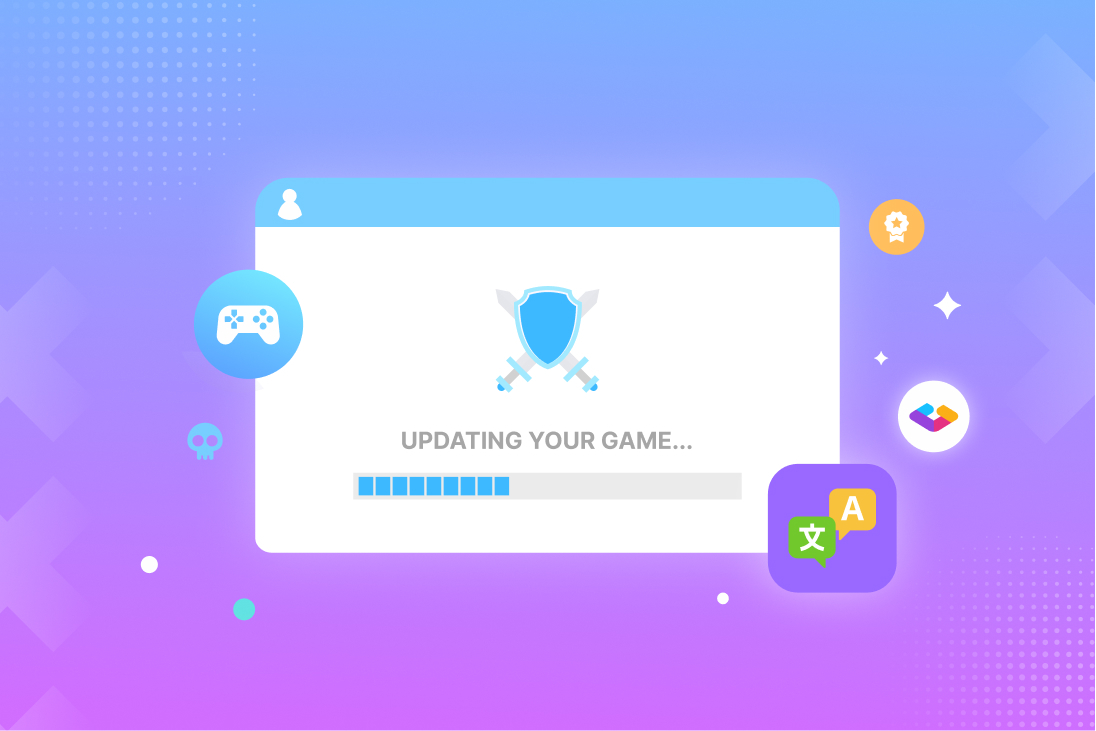1. Align key stakeholders to streamline collaboration
When you handle localization last, you’re also putting off the discussions that come with it. Which regions should we enter first? How much will it cost? What’s the ROI of localizing for these markets? What does our overall localization strategy look like?
Negotiating these answers takes time, and that additional time will delay your product launch. When you include localization in your app design and concepting process, you’ll naturally introduce those conversations from the start.
Aligning all key stakeholders — not only executives, but designers, product managers, developers, content writers, and sales — equips everyone with the same shared set of goals and priorities. You’ll see an immediate boost in efficiency and productivity once the whole organization is on the same page.
2. Ship faster and serve multiple markets at launch
Localization doesn’t have to happen in a vacuum after all the other work has been finished. Instead, localize simultaneously alongside product development and content creation. With the whole team aligned, translators can work on localizing content as soon as your writers and designers create it in a process known as continuous localization.
Your product and development teams have likely already adopted the agile method of work. Continuous localization empowers the content team to do the same. Your organization will work more efficiently to prepare the product for launch in all target markets at the same time. And no more waiting for localization after the product is already built.
When organizations launch their app in one language, then localize into others after it’s already gone live, they’re leaving potential revenue on the table. By offering users a local-language experience from the beginning, you’ll maximize acquisition and retention in all your markets.
>> Learn more about managing content for localization
3. Make your app look better
Localization often necessitates changes to an app’s UI. Sometimes you’ll need to rework design elements and user flows to match local expectations. At other times, you’ll find that a translated string exceeds the space allotted to it in the app’s design.
When developers need to rework an app after it’s already finished, you’ll be faced with two suboptimal choices:
- Delay the product launch until developers implement the requested changes.
- Launch with a subpar UX and fix it later, if at all.
Both of these choices result in less revenue, either from lost time or from dissatisfied users who’ll bounce to competitors. By contrast, design-stage localization enables designers to accommodate longer strings and varying user expectations before developers begin writing even a single line of code.
You’ll wind up with an app that looks great and is ready to delight users from the moment it’s released.
>> Learn more about software localization
4. Reduce errors and save development time
Bugs and errors will pop up during app localization — that’s just unavoidable. But you can control whether these bugs are a last-minute surprise or something you can fix well ahead of launch time.
The process of localization quality assurance (LQA) broadly accomplishes two primary goals:
- Verifying that the content has been correctly localized.
- Checking that the localized versions of your app function correctly.
With continuous localization, your LQA team can check content as soon as it’s done. They’ll be ready to proofread translated copy and can liaise directly with localizers to request edits and updates.
At the same time, they’re able to push localized content to your app and see if it’s displayed correctly, check localized audio files to make sure they’re not too long or too short, and test your app to evaluate the localized UX.
Rather than face a long list of changes at the very end, localizers and developers can act on the LQA team’s recommendations to adjust the app on a rolling basis throughout the build cycle.
>> Learn more about localization quality assurance
How to optimize your app localization workflow
The key to unlocking all of the above benefits is to centralize your entire team in one shared content workspace. That means you’ll bring developers, content writers, designers, testers, translators, and product managers together in the same environment.
This degree of collaboration is essential if you’re to successfully implement a continuous localization workflow from the earliest stages of app creation:
- All stakeholders can communicate with each other via in-app tickets and comments.
- Anyone can push and pull content as needed to their respective workspaces: product code, translation platforms, design tools, and more. That’s how designers can test localized content in their mockups, or how testers can check if everything is correctly displayed.
- Project managers can easily track which content has been localized and checked, and what still needs to be done.
- Reduce errors and uncertainty with a single source of truth so that no one is working from outdated or unapproved content.
- Streamline your localization process to boost efficiency and ship localized content faster.
Unite the team in a specialized content management platform
With an easy-to-use spreadsheet interface, Gridly is the perfect way to introduce your organization to the continuous, design-stage localization model. And its granular access controls enable you to share content across the team without risking unwanted errors or changes.
With built-in connections to popular translation management systems and development platforms as well as comprehensive API support, Gridly is the ideal centerpiece of a streamlined content and localization management ecosystem. Localize content faster, reduce time-consuming bugs, improve quality, and ship in all your markets at once.
Ready to find out more?
>> Explore the benefits of a specialized content management platform
